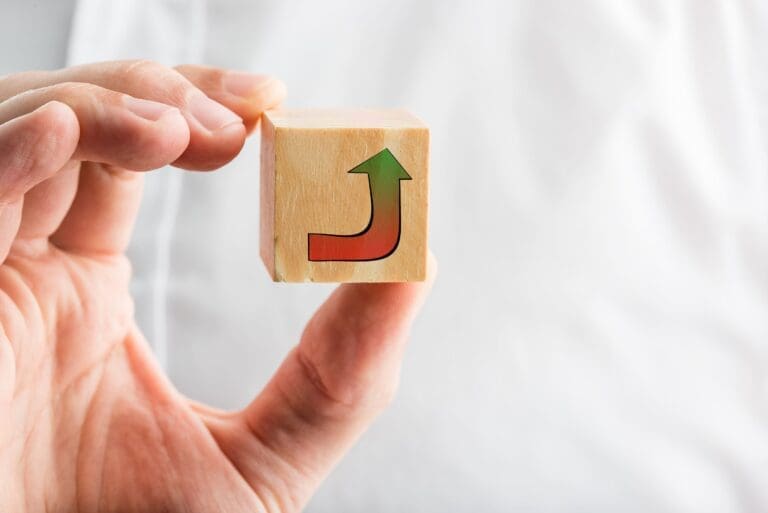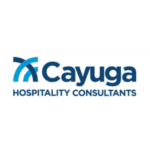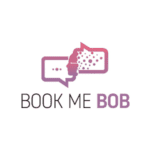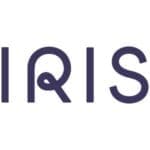 The big question. A service-oriented business establishment operating within a competitive economic landscape may face a critical question either at business inception, or at any phase where customer sensitivity intensifies [1]. This often asked but seldom correctly answered question is:
The big question. A service-oriented business establishment operating within a competitive economic landscape may face a critical question either at business inception, or at any phase where customer sensitivity intensifies [1]. This often asked but seldom correctly answered question is:
“Where is my customer’s experience going wrong?”
The approach towards finding the answer may involve a product/portfolio revamp, aggressive marketing outreach or re-engineering service design. Failure to diagnose the reasons for a less-than superlative customer experience timely is often the hidden factor behind diminishing profits and eventual decline. At the very least, it may trigger a knee-jerk reaction to increase focus on employee training aimed at heightening customer experience. Such training initiatives are less likely to result in qualitative improvements in service delivery and therefore, a weak translation into better top-line figures.
Let’s read on to find out why, and what could be done differently to remove these ‘blind spots’.
A three-tier approach to arrive at the answer
Service excellence and training are more closely related than most would imagine. An ideal training initiative that can truly turn things around is founded on a relevant, comprehensive, service quality focussed gap analysis, as opposed to a passive, skill-focussed training needs analysis.
A training needs analysis works with current employees, current skill-sets and current practices. This approach handicaps training and operations professionals, providing them with only a myopic view of possibilities. A comprehensive gap analysis is not bound by these limitations, thereby evaluating all variables objectively with an assumption that the current service framework can be re-engineered.
We believe that success in driving service excellence through effective training has a three-part prerequisite:
1. Testing your operations against internal performance standards
This is probably the most common and easily quantifiable approach to explain gaps or deviations from established standards. Since standard operating procedures offer opportunities for quantification, it is very practical to depict current deviations and arrive at most critical concern areas from the point of view of quality of customer experience.
Prior to setting out on all-out service enhancement initiative, this introspection also helps get a well-founded idea of resource allocation for training and manpower resource planning.
Typically, this would entail measurement and reporting of the below parameters:
- Compliance: The degree of conformance to established service standards
- Time & Motion: Is every process being executed in a timely fashion to meet the current size and scope of demand, or is there scope for improving resource efficiency?
- YoY performance: With customer satisfaction rating and measurement parameters being constant, how scores have changed over time.
Note that adopting this approach in isolation is likely to fail, especially if the SOPs or performance benchmarks are, or have been rendered obsolete, irrelevant or otherwise uncompetitive. It is also likely that non-peer-reviewed standard operating procedures may suffer from under, or over-estimation of guest/customer expectations and bias, as hypothesized in the time-tested ‘Servqual’ model [2].
2) Competitive benchmarking
Taking a departure from conventional methods of internal performance assessments and pitting against competition is especially imperative if your customer satisfaction scores aren’t where you’d like them to be even though current compliance may be at an optimum level; or if you have no SOPs or benchmarks in place to measure and compare against.
Quantifying experiential elements of your competitors’ service is a great first step towards understanding your organization’s service lacunae from the point of view of customers. A competitor may be identified by comparing performance on a key indicator such as market share, profitability or sales.
Such a quantification may:
- Help report an experiential assessment of service and quality of interaction at each touchpoint (moments of truth) vis-à-vis competitors
- Help identify missed opportunities for sales conversion vis-à-vis competitors
- Product and service design specifications vis-à-vis competitors
However, this approach requires readily available or easily acquired data on competition and their product and service portfolios. In the absence of such data, domain knowledge and expertise are leveraged for reporting comparatives.
3) Identifying internal ‘disconnects’
Developing well-reasoned and quantified mission, vision and objective statements, for e.g. top quartile in industry profitability in 5 years or top 10 in critic ratings etc. is probably the easier part, with several very effective techniques now in place to help develop such a strategy. For example, the balanced scorecard approach suggests that organizations view success from four broad perspectives and not just financial outcomes [3].
It is the extent to which the operations and support teams understand and align with organizational objectives and with each other that eventually renders any training or process intervention useful. Disconnects within the operation, strategy and finance, Human resources and decision-makers are the final gaps or barriers within this exercise.
Those familiar with L&D parlance may at this point think of a Johari window exercise as the ideal tool, but we urge you to take a detour and examine the prospect of designing a thorough survey using a professional survey tool, either freely available or paid (depending on the degree of skip logic usage required) that quantitatively highlights real-time disconnects within your team.
Closing thoughts
In the recent past, Hotelivate Professional Skills Development has been involved with several such projects where a detailed gap analysis that encompassed all the above approaches was the only way to develop a service improvement roadmap. With the initial scope of work being outlined as training delivery to individual contributors in leading real estate and hospitality establishments, it became evident through focussed discussions with the operational teams that such training would not bear the expected results due to missing cogs in the larger service framework.
Unfortunately, investments made towards training and development of human resources are poorly measured and tend to skew disproportionately in favour of operations delivery, resulting in a zero-sum-game. However, this approach has helped quantify and report gaps in the most comprehensive manner possible, leading to a longer, but a truly effective and ‘active’ training exercise. Resulting interventions have been highly customized and specific – targeting concerns that were otherwise left lurking in the blind spot.
For more information, please contact Akshay Gaur on akshay@hotelivate.com
[1] Brown, S. W., & Swartz, T. A. (1989). A gap analysis of professional service quality. Journal of Marketing, 92-98.
[2] Parasuraman, A., Zeithaml, V. A., & Barry, L. L. (1985). A Conceptual Model of Service Quality and Its Implications for Future Research. Journal of Marketing, 41-50.
[3] What is a Balanced Scorecard? A short and simple guide for 2018. (2018). Retrieved from Balanced Scorecards: https://balancedscorecards.com/balanced-scorecard/#learn-overview


















